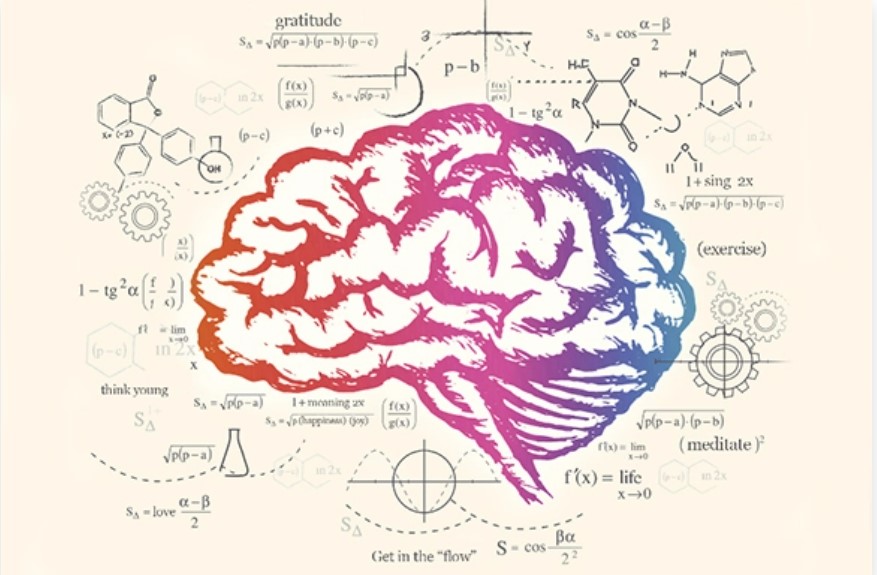According to Dr. Laurie Santos of Yale University, the things that make us happy are often not what we think. Recently I took her course, offered on Coursera, and learned a whole lot of interesting facts about the ways in which we can truly experience wellness.
Some of the lessons I learned were:
⁃ It starts with Knowing Yourself, and honoring your unique preferences
⁃ When you know what you enjoy, stop to Savor the Experience and enjoy it to the fullest
⁃ Take time each day for Gratitude, as the more we focus on the good things, the more we will attract
⁃ Doing good for others is good for us, so Acts of Kindness can be a means to a happier life
⁃ Real life Social Connections are important, while online connecting tend to make most people miserable.
⁃ Exercise (30 min/day) movement and fresh air provide us with a boost of energy
⁃ Sleep (7-8 hrs/night) as lack of sleep is the number one cause of irritability and impatience
⁃ Meditation at the beginning of each day is grounding and relaxing, an will start the day in a positive way
Barriers to happiness
⁃ intuition is usually wrong, what we normally think will make us happy rarely does
⁃ comparing self to others is never a good thing and usually results in feeling bad
⁃ Hedonic adaptation – what is new eventually becomes normal, and that’s why material things don’t give us lasting happiness
⁃ Disappointment over joy not lasting, due to hedonic adaptation.
⁃ Mispredicting the effect of events on our happiness (+\-), which really does not vary as much as we think it will.
Invest in experiences instead of stuff:
⁃ Re-think awesome stuff (it is better to invest in experiences) not just because of hedonic adaptation. There is more positive anticipation, and feelings of money well spent, from experiences. And the more people earn, the more they enjoy experiences more than stuff.
⁃ Experiences also provide better stories for connecting with others, less social comparison and less envy than material purchases.
How to thwart hedonic adaptation (in marriage, work, etc.):
⁃ Savoring (mindfulness) – staying in the moment, positive thoughts, sharing/talking about it, feelings of pride, focus. Photos are good if for self, not good if focused on sharing with others thru social media. Replaying good memories in our heads (re-living it) increases happiness (ie 8min/day x3/wk)
⁃ Negative Visualization: how life would be without partner, etc. feeling lucky makes us feel happier.
⁃ Pretending this is going to be the best day of your life.
⁃ Gratitude – the most powerful technique. Not only does it make you feel better mentally, it tends to make you be more physically active too (avg 1hr/wk). It is even more pronounced when you share those feelings with the people you are grateful for. And in fact, research has found that divorce rates are lower with couples who express gratitude to each other. Also effective at work, in promoting a positive work environment and to be more productive (as much as 50% more).
⁃ Pausing half-way, allows us to reset our reference point and enjoy things more, each time we pause (ie food and exercise).
⁃ Try different variations to mix things up and keep them new.
Want to learn more about the Science of Well-being? Coursera offers this course in multiple languages, start anytime, and you can participate for free. Dr Laurie Santos also has a Podcast called The Happiness Lab, which explores more about the science of wellness, by interviewing new guest experts every week.
